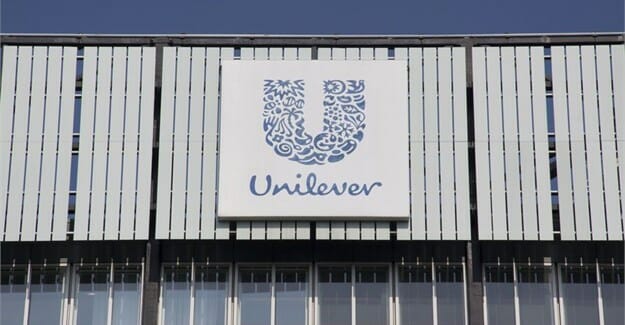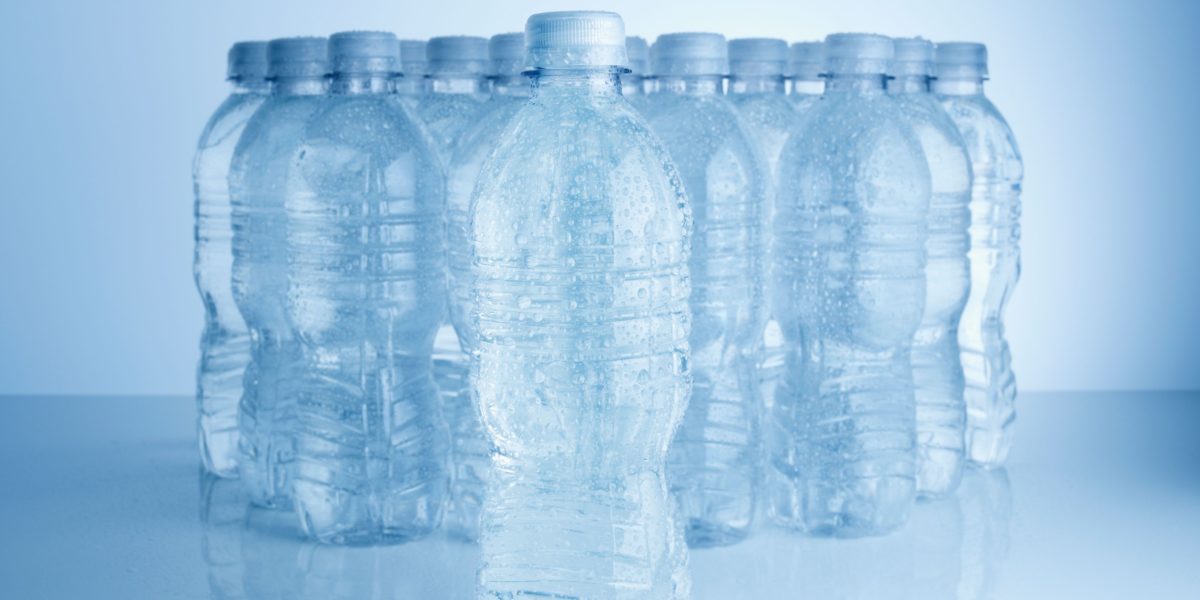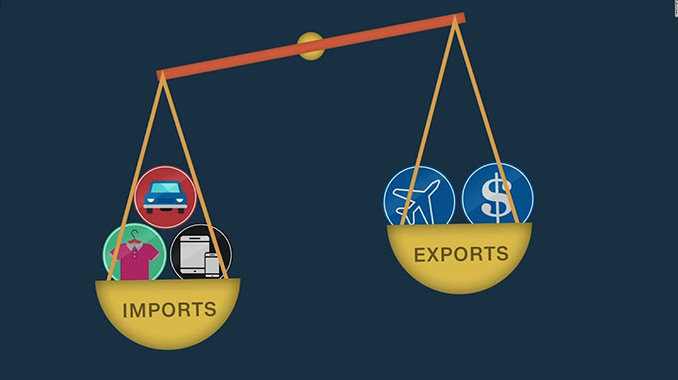Trade Focus
Allan Majuru
Let us say you get into a supermarket and you want to try something
new, such as imported high-end rice, cereals or chocolate, and on an
aisle of such imported products you come across four different brands
and all have the same price.
Faced with an interesting task of selecting a product to try from
several available options, packaging is usually the first component of a
product that attracts attention.
According to Steve Jobs, the celebrated inventor and founder of Apple Inc, packaging can be a theatre where stories are created.
Packaging undoubtedly tells a story, and manufacturers across the
globe are investing a lot in developing packages that enforce a
preferred narrative.
Local manufactures have not been left behind. They, too, are
developing designs that compete on the global export market and
strengthen the narrative that Zimbabwe is home to some of the best
quality products.
Nowadays, packaging has evolved into a product on its own.
What was once a protective cover has grown into a privileged interface for communication between producers and consumers.
Packaging captures the attention of consumers, reassures them of the
quality, makes itself useful and its visual elements appeal to
consumers, thus helping them in the decision-making process.
Previously, packaging was largely defined as a shield to protect or enclose a product and preserve its form.
With increased competition and changing global consumption patterns, the definition of packaging has advanced.
Often called “the last salesman”, packaging has the potency to
influence consumer behaviour, especially when they are faced with many
options but are supposed to make a purchase decision.
Due to globalisation, competition has become so tough and it is becoming increasingly difficult for products to stand out.
However, the more commonplace the product, the more your packaging must stand out and be disruptive.
Smart packaging
One way to differentiate yourself and disrupt the market is to have
smart packaging solutions that offer even more value to the consumer.
For instance, some packaging now has diagnostic or indicator
functions: you can easily tell the temperature of a pint of beer or a
box of pizza.
Because of these integrated functions, consumers and retailers can
verify the integrity of the product before opening it or taking it off
the shelf.
Intelligent packaging also fulfils information and marketing roles and improves interactivity between manufacturer and consumer.
Such packaging may have barcodes or scanners, and with the aid of a
smartphones, consumers can get more information about the product and
even trace the source of ingredients in that product.
Experts agree that as consumers get more discerning, their demand for more information will continue to rise.
Smart packaging offers new business opportunities because of its
ability to disrupt and fit into the broader area of the Fourth
industrial revolution.
Greener packaging
The world is going green and consumers are becoming more concerned about their carbon footprint.
The packaging sector is at the centre of the revolution as consumers
now prefer to use solutions that have less impact on energy consumption
and pollution of the environment.
Many manufactures are harnessing the debate over environmental issues
and are integrating them as part of their value proposition.
Therefore, packaging that can easily compete on the export markets —
particularly in developed countries — should be recyclable, re-usable
and bio-degradable, among other things.
To show the extent of innovation in this area, some have started to use edible packaging to reduce plastic waste.
A Thai retailer has grabbed global headlines by ditching plastics and using banana leaves as packaging for fresh produce.
These are some of the disruptive ideas that local companies can
consider as they come up with solutions that set their products from the
rest.
Packaging for e-Commerce
Another interesting trend shaping the packaging sector is the growth
in e-commerce, where the internet has increased reach of products and
improved communication between the seller and buyer.
Unlike previously, where manufacturers could only reach markets
through distributors, nowadays e-commerce has made it easier to sell in
markets where there are no distributors.
Businesses that have developed their model around e-commerce have to ensure that their packaging is strong and secure.
This is because the responsibility for export packaging lies with the
exporter, who must ensure that their products reach the intended
recipient in the same form they were packaged.
In most cases, securing products for e-commerce requires the use of
corrugated boxes, protective materials, labels and tapes, among others.
However, more companies are developing unique boxes that make a bold statement at first site.
These include engraved boxes, perfumed packages and customised boxes that create better impressions than ordinary packaging.
Packaging for convenience
When designing packaging, manufactures should also consider convenience.
Most consumers have indicated willingness to pay a little extra for a product that is easy to use.
Some of the features used to add convenience include easy-to-open
strips or perforations, handles for easier carrying, resealable
closures, among others.
Packaging should be easy to store in a refrigerator or easy to stack on the shop shelf.
One may also consider how easy it is from a logistics perspective; for example, the stacking ability and the use of space.
Packaging Aesthetics
The aesthetic appeal of packaging can never be over-emphasised.
Digital printing has revolutionised the world of packaging graphics,
making it cheaper and easier than ever to add high-quality logos and
images to products.
Consumers also value viewing a product, and not just its container.
This has shaped packaging design as manufactures are now using
transparent or partially transparent materials to allow consumers to
have a sneak preview of the product mid-aisle and allow them to access
the product.
Packaging Regulations
Exporters should be familiar with regulations affecting packaging in their intended markets.
Of all the products, the laws governing foodstuffs are often less understood.
Most of the regulations cover aspects such as prohibition of
contamination from the packaging, sanitary integrity and preservation of
taste and colour, among others.
This may also include regulations on labelling and languages.
For instance, some countries like Mozambique prefer Portuguese on labelling of particular products.
Going Forward
After everything has been said and done, exporters should know that
the first sign of real value of a product/brand is on the packaging.
The user will initially see the value before they engage other senses to touch, feel, smell and taste it.
Therefore, producers must ensure that their packaging is of good
quality, depicts adequate information and is visually satisfying.
ZimTrade, the national trade development and promotion organisation,
through its export packaging training programme, can capacitate current
and potential exporters in developing their competitiveness through
improved packaging.
The Marketing and Branding for International Competitiveness Training
offered by ZimTrade also covers export packaging, packaging design,
transport and distribution packaging, and labelling.
Allan Majuru is the chief executive officer of ZimTrade.











